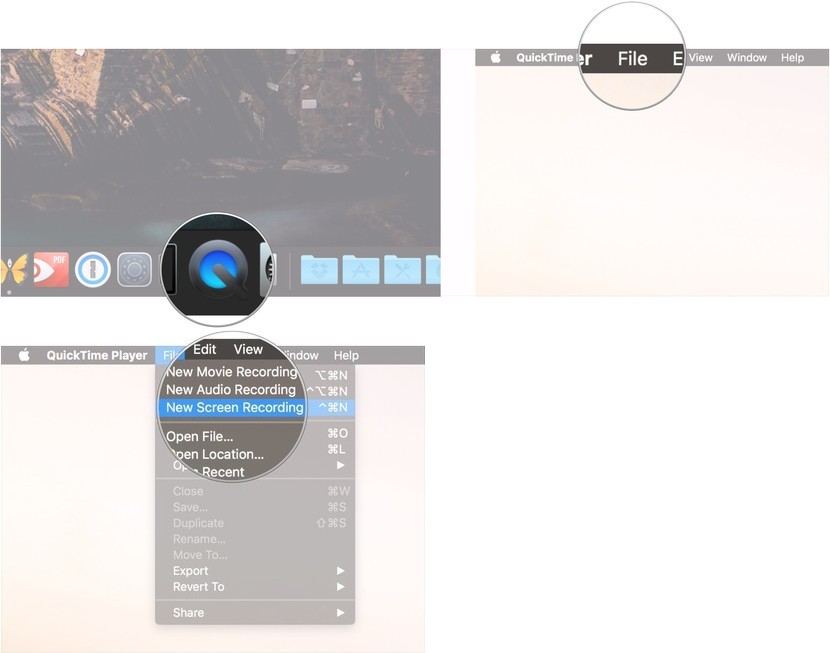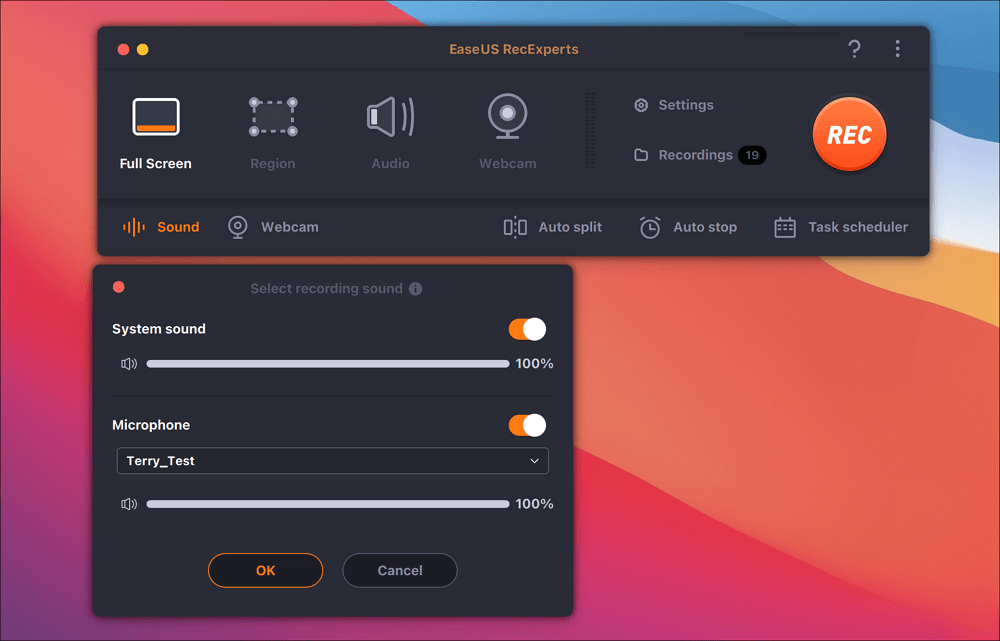
This is an AppleScript that is meant to uninstall Soundflower, should you ever need to. If you look at the dmg that we downloaded to install Soundflower, there is a file in it by the name of “Uninstall Soundflower.scpt”.

That’s because Soundflower is only a kernel extension, and not an application itself, which is why it is not that simple to get it off the system, but it’s not too difficult, either. If you are facing a similar problem, you might want to uninstall the Soundflower app, but the app can’t be found in the Applications folder on your Mac. While Soundflower is a really great app, there are some cases where the output gets set to Soundflower by default, leading to a lot of hassle, panic and basically unwanted frenzy. The QuickTime Player, in turn, used the Soundflower channel as the microphone, so any sound that Soundflower sent was recorded in the screen recording. So, what did Soundflower do? Soundflower simply took the audio that was meant to be output to the speakers (or the headphones), and routed it to QuickTime Player. Try playing a song on iTunes, and once you stop the recording, play it back, you will hear the sound as well. Simply click on the record button to begin recording. Click on the little disclosure arrow on the side of the record button, and from the menu that pops down, select Soundflower (2ch) as the microphone. Now open QuickTime, and go to File -> New Screen Recording.Under the Output Devices, select “Soundflower (2ch)”. (On macOS Sierra, you can simply click on the menu bar.), this will expose a list of options for input and output devices. First, press and hold “Option”, and then click on the Volume icon on the menu bar.

Now that you have installed the app on your Mac, you can start recording screen and audio.


Soundflower is a Mac app that allows users to route audio from one application to act as the input for another application. Say, you’re playing a song on iTunes, and you want that song to be recorded in a screen record.


 0 kommentar(er)
0 kommentar(er)
